What's Wrong With This Picture: Progress, Or Something Like It Edition
The Cars Of Bob Lutz: A Gallery Of Winners And Losers
(My favorite Lutz photo: with a 1966 Opel Kadett he just rolled at the test track)
The world would have been a lot duller without Bob Lutz, on many levels. And although it’s easy to poke fun at his endless malapropisms, as well as the more than ample mistakes in his long career, his gut instinct for cars that look good and are exciting to drive make quite the collection. The following cars are vehicles that Lutz had some degree of involvement with, allegedly, or well documented. If I’ve missed something significant, let me know, and I’ll add it.
The Amphicar: The Little Floater With Big Plans
We seem to have sunk into an amphibious mode this morning, although we got our feet wet earlier this week with that seminal and still most-built floating car, the VW Schwimmwagen. But Hanns Trippel saw civilian potential, and convinced the Quandt Group (BMW) to back production of his Amphicar design. Although it floated well, enough, the business case for it didn’t.
VW Kbelwagen and Schwimmwagen: Germany's WW2 Jeeps
That Ferdinand Porsche’s Volkswagen Beetle would permute into a highly successful off road capable troop transport vehicle in a matter of one month was one of the more remarkable and successful adaptations in automotive history. And that the first mass-produced light amphibious vehicle was the second adaptation added to the growing reputation of the VW and the Porsches. In almost every way the opposite of the specifically-designed American military Jeep, the battle of the two has never quite ended, and their respective fans still argue as to which was the better vehicle. It’s a bit like comparing a tractor and a sports car: it depends on the job at hand.
Chevy Veraneio: Brazil's Suburban
Since we’re doing vintage Chevy trucks, let’s not forget that they didn’t look the same in other countries. Brazil had a long tradition of making Chevrolets and other GM vehicles going back to the thirties. And trucks played a big role. The Veraneio was a very popular utility truck built for almost forever. I’m guessing it was probably built on an obsolete chassis that tooling was sent south, as was typical for the era. Similar pickups were obviously on offer too.
Chevy's 8 1/2 Foot Bed Longhorn Truck Hauls More Ass
Take a good look at this Chevy truck’s bed, if you can: six inches from the front of the bed, there’s a seam. That’s where the extra inches were welded on to make a Longhorn, America’s only 8 1/2 foot long production pickup. Why bother with six extra inches? To make room for one more Hooters girl, obviously.
Stunning Corvair Concepts By Pininfarina, Bertone And GM
The Corvair’s impact in Europe was highly significant, and GM styling boss Bill Mitchel thought a dashing Italianate coupe to go along with the sedan would make some inroads there. Pininfarina was commissioned to build a prototype, but it was penned by Tam Tjaarda. The process started in 1960, and the design evolved somewhat, but the final 1963 version is certainly superb. The airy roof line certainly hints at the direction the 1965 production Corvair would take. And those teardrop headlights made their first appearance here, but it wouldn’t be their last. Pininfarina wasn’t the Italian to take a swing at the Corvair, and Americans and GM itself went at it too.
The OHC V12 That Cadillac Almost Built
In the mid sixties, Cadillac gave very serious thought to replacing its aging V8 engine with an OHC V12. And blog.hemmings finally convinced Cadillac to send them some detailed pictures and more information. Looks mighty production ready, but that air cleaner sure makes it looks a lot less sexy than a Ferrari with a bank of Webers.
The Handsome Jenson-Built Austin A40 Sports and Other Colorful Austins From The Fifities
Today’s CC Austin A40 Devon too frumpy for your taste? Austin’s Chairman Leonard Lord (shouldn’t that be the other way around?) read your mind. When he saw Jensen’s handsome new Interceptor, he made a deal for Jensen to build a sporty body to plunk on its A40 chassis. The export markets, America in particular, were in Lord’s mind with the A40 Sports. But despite a revised cylinder head, the inevitable twin SU carbs and 50 hp, it didn’t really catch on, especially with the yachting crowd.
An Illustrated History Of The First Camaro
It’s a well known fact that GM didn’t approve production for what eventually became the Camaro until six months after the Mustang was released, by which time it had already sold over 100k units. That doesn’t mean that Chevy hadn’t given the idea some thought over the years.
Order Your 1967 Camaro With A Bench Front Seat To Go With The Column Shifter
Chevrolet made some interesting choices when it introduced the Camaro. The base model had an interior more worthy of a taxi cab, especially the steering wheel, to ensure buyers would more likely check of the Custom Interior package. But where the Camaro really deviated from the Mustang interior formula was with its column shifter for the Powerglide automatic, and an available “Strato-Back” bench front seat. Why?
Checker Thursday Finale: Vintage Checker Ads
Someone has posted a treasure trove of Checker photos at Flickr, and I’ve pulled a few of the ads to share (thanks, whoever you are!) because they’re irresistible. Checker obviously couldn’t afford the big agencies and ad campaigns, but their quaint and home-baked ads are as compelling in telling the Checker story as the cars themselves.
An Illustrated History Of Checker Motors
[Note: Three related Checker posts: 1967 Marathon Curbside Classic; Vintage Checker Ads; and Tomorrow’s Checker? Also note that these pictures were found at a variety of sites, but it appears that the original source for most of them were posted on this Flickr account by Drivermatic. Thanks for the superb photographic resource!]
For sixty years, Checker Motors had a record unbroken run of profits building a few thousand cars per year in a small little factory in Kalamazoo, Michigan. In 1981, it posted its first loss, $488,326, and its owner made good on his threat to stop production of the iconic Marathon if his workers didn’t accept wage concessions. But Checker continued to stamp out body parts for GM into 2009, including for the Buick LaCrosse. The Carpacolypse of 2009 finally shuttered the ancient plant, but no need to shed a tear for the original owner’s son, David Markin: his wealth is estimated at over $100 million. And it was all due to a shrewd investment of $15,000 that his father made in 1920, which put him in the driver’s seat of Checker Motors. Let’s take a ride through Checker’s history. Taxi!
VW Bus Tuesday: Eugene's VW Transit Buses
The Birth Of The VW Bus: From First Sketch To Production
Here’s the very sketch that gave birth to the VW Bus. Dutch Ben Pon was visiting the VW factory in 1947, which was then controlled by the British Occupational Forces. Interested in buying some early Beetles to import to the Netherlands, Pon saw an improvised boxy parts mover on the factory grounds, and the light bulb went off.
The Car To Be Seen In: 1968 Quasar Unipower
This is not the car for those who suffer from either scopophobia (fear of being seen) or amaxophobia (fear of riding in a car), or God forbid you suffer from both. But if you do and get offered a ride in a 1968 Quasar Unipower, at least a grab bar is handily available for the afflicted passenger.
1972 Ford Carousel: The Chrysler Minivan's True Father?
Why the endless questions and arguments about the origins of the Chrysler minivans? It’s the old story: “success has a thousand fathers”. You don’t see designers and execs fighting about the paternity of the Aztek. We stepped on some toes regarding the origins of the Espace, and heard from its father. And we took a wild (and disputed) stab at finding the maternal lineage of European minivans, but the American minivan paternity wars go on. Its origins clearly go back to the early seventies, when both Chrysler and Ford developers claim to have been working on “garageable vans”. Meanwhile, the commonly held story is that Hal Sperlich and Lee Iaccocca’s Minimax concept was spurned by Henry Ford II, and they took it with them to bring to fruition at Chrysler. And as usual, its not quite as simple as that.
Honda's Wild 9000 RPM Mid-Engine T360 Pickup Of 1963
All this endless speculation as to whether Honda will someday build a real RWD pickup: they already did, in 1963. And in that inimitable Honda way, it stood the world on it ears: DOHC, four carbs, 30hp from 360cc at 8,600 rpm, 60 mph top speed. As an antidote to the mild-mannered Hondas sent our way in the seventies and early eighties, like the gen1 Prelude, the T360/T500 trucks were anything but boring. But the story of how this eminently practical little truck ended up with the engine from Honda’s crazy little S360 sports car is a wild tale only Honda could spin.
The Mother Of All Modern Minivans: 1949 DKW Schnellaster
What are the defining characteristics of the modern mini-van? Front wheel drive? Transverse engine? Front wheels set forward of the passenger cabin? A one-box design with a short and sloping aerodynamic hood? A flat floor throughout, and flexible seating and transport accommodations? And which one was the first? Renault Espace or Dodge Caravan? How about the DKW Schnellaster (Rapid Transporter)? It had them all, in 1949. Time to give it a little overdue recognition.
An Illustrated History Of Panhard
To many today, the French automaker Panhard (pronounced panAR) may be unknown or rapidly slipping into obscurity. But the story of this once renowned firm, one of the very earliest pioneers of the automobile is remarkable and more relevant than ever. It developed a distinguished series of ultra-efficient two-cylinder cars in the post war era that culminated in this tasty 24TC of 1967, the very last Panhard. It reflected the French approach to automobile making perfectly: innovative, eccentric, stylish, and all to often, out of the mainstream and financial success. But Panhard’s efforts were always highly memorable, advanced, and foreshadowed the cars of today and the future. Before long, we may all be driving updated versions of small, ultra-light and super-efficient 850 cc two-cylinder cars like this. And if this delightful and sporty coupe is anything to go by, it may be something to actually look forward too.
An Illustrated History Of Mid-Engined Corvette Concepts
The history of mid-engined Corvette concepts is almost as old as the car itself, but even more colorful. Once the performance and racing potential of the ‘Vette was unleashed by its father, Zora Arkus Duntov, ambitious developments intended for the race track, Futurama, or the front pages of buff books speculating about the coming mid-engined production Corvette have never ended.
Duntov is shown here, proudly posing with his 1959 CERV (Chevrolet Engineering Research Vehicle) I, clearly a racing-oriented concept intended to test advanced designs and components for future use. The CERV’s independent rear suspension was adapted to the 1963 Corvette. It’s 350 hp 283 CI V8 featured aluminum block and heads, and fuel injection. A grand start to a long series of exciting Corvettes, even if they never made it into production.
An Illustrated History Of Pontiac: Part I – 1926 To 1970
Grand Prix, GTO, Firebird, LeMans, Catalina 2+2, Bonneville. The names instantly evoke automotive excitement — provided you were an enthusiast between the ages of six and sixty during the sixties. For today’s pistonheads, these storied names; indeed, the entire Pontiac brand long lost its adrenal association long before it was euthanized. Bob Lutz’ attempts to inject some life into the once-storied excitement division all came to naught: GTO, Solstice and G8. He might as well have been mainlining meth into Pontiac, but decades of budget-priced, badge-engineered mediocrity had taken their toll. Pontiac’s fall from grace may not be the worst (best?) example of GM’s branding cataclysm, but it’s certainly one of the most emotive. Pass the Kleenex.
GM's Branding Fiasco Part Five – A Brief History of Buick
[This piece first ran in 2007 as part of a five-installment series. I’ve added some pictures, but note that the ending was written at Buick’s all-time product low]
Buick was the special child in the GM family: the beautiful and temperamental second-oldest daughter that somehow always got the most attention from Daddy. Sure, oldest daughter Caddy got to wear the family jewels and formal gowns, but Buick was lavished with style. Whether it was Harley Earl or Bill Mitchell, GM’s top stylists always blessed Buick with their best efforts. For decades, Buick was maintained in the style to which she had become accustomed, and remained America’s fashion-conscious upscale buyers’ wheels of choice. And then, not.
An Illustrated History Of Automotive Aerodynamics – Part 3: Finale
[Note: A significantly expanded and updated version of this article is here]
For most of the fifties, sixties and into the early seventies, automotive aerodynamicists were mostly non-existent, or hiding in their wind tunnels. The original promise and enthusiasm of aerodynamics was discarded as just another style fad, and gave way to less functional styling gimmicks tacked unto ever larger bricks. But the energy crisis of 1974 suddenly put the lost science in the spotlight again. And although historic low oil prices temporarily put them on the back burner, as boxy SUVs crashed through the air, it appears safe to say that the slippery science has finally found its place in the forefront of automotive design.
A Brief Illustrated History Of Automotive Aerodynamics – Part 2
[A significantly expanded and updated version of this article is here]
In the “streamlined decade” of the thirties, automotive aerodynamics was promoted as the great breakthrough to the modern high speed automobile. It was almost a religion, and its influence was essentially universal. By the end of the thirties, highly streamlined concepts were in every manufacturer’s styling studios. Everyone assumed the post-war era would be dominated by further developments on the air-splitting Tatra theme. But the reality turned out quite different, especially in the US.
An Illustrated History Of Automotive Aerodynamics – In Three Parts
[Note: A significantly expanded and updated version of this article can be found here]
That air presented the greatest obstacle to automotive speed and economy was understood intuitively, if not scientifically since the dawn of the automobile. Putting it into practice was quite another story. Engineers, racers and entrepreneurs were lured by the potential for the profound gains aerodynamics offered. The efforts to do so yielded some of the more remarkable cars ever made, even if they challenged the aesthetic assumptions of their times. We’ve finally arrived at the place where a highly aerodynamic car like the Prius is mainstream. But getting there was not without turbulence.
Lincoln: A Brief History Up To 1961
In honor of our greatest president’s birthday this Friday, it’s going to be Lincoln Week at Curbside Classic. We’ll start with a brief history of the brand to set us up for the sixties, when our featured cars begin.
Curbside Classic Van Sunday: Mercedes-Benz 207D And Other Vintage MB Vans And Campers
I’m a lover of vans, especially those suitable for camping. Few things beats hopping into a vehicle with all the basic necessities of life and hitting the road. I have a vintage ’77 Dodge Chinook that I bought for $1200 in which we’ve racked up 35k memorable miles in trips to Mexico and all over the west. And in my younger days, I had a ‘ 68 Dodge A100 that I converted to a less wife-friendly (no bathroom) spartan camper. But all along, I’ve had my eyes on Mercedes vans. As a kid in Austria, I was absolutely in love with the delightfully rounded L319 (van) and 0319 (bus) Mercedes:
Ford's Dej Vu Moment, Part 1
TTAC Celebrates the Toyota Corolla's 40th Birthday
A Brief Illustrated History of Tatra
The dorsal fin is what put it over the top for me, literally. When I was a tyke of six in Austria, I ogled cars like a fifteen year old with X-ray vision at a cheerleading camp. But the most tataliscous bod my eyes could never get enough of was the Tatra down the street. Its radical aerodynamic form was already twenty years old, but with its dorsal fin, tear-drop shape, rear engine and uncompromising fluid lines, the Tatra positively screamed “futuristic” to me then. Hell, it’s still ahead of the times today.
In Praise of: The '57 Chevy
If there’s any doubt that the ’57 Chevy is THE iconic American car, it’s been erased. Long the favorite with the hot rod and collector crowd, the classic Chevy has now attained automotive immortality: they’re making new ones again from scratch. For $180k, you can buy a brand new 1957 Bel Air Convertible assembled from reproduction parts. The story of how the ’57 Chevy (and its ’55 – ’56 predecessors) became a living legend is worth repeating, since it includes some lessons still relevant today.
General Motors' Branding Fiasco Part Six – Cadillac Falls Down
General Motors' Branding Fiasco Part Five – Buick, Fading Fast
General Motors' Branding Fiasco Part Four – Oldsmobile Pegs Out
General Motors' Branding Fiasco Part Three – Pontiac Only Lived Twice
Grand Prix, GTO, Firebird, LeMans, Catalina 2+2, Bonneville. The names evoke automotive magic— provided you were an enthusiast between six and sixty during the ‘60’s. For today’s pistonheads, these storied names; indeed, the entire Pontiac brand has lost its adrenal association. Even the drop-dead gorgeous Solstice can’t rescue a marque now known for budget-priced, badge-engineered mediocrity. Pontiac’s fall from grace may not be the worst (best?) example of GM’s branding cataclysm, but it’s one of the most emotive.
General Motors' Branding Fiasco Part Two – Chevrolet's ADD
During the American car industry’s formative years, entrepreneurs started car companies left and right, jostling for quick profits and market share. Flint Rock native William Durant had a meta vision: agglomerate the best of the new automakers to create an empire called General Motors. This he did, through endless charm and clever financing. But Durant gambled too much too often, and lost control of his brainchild. The Chevrolet brand was born out of wedlock, to fund Billy Durant’s comeback.
General Motors' Branding Fiasco Part One – Sloan's Vision Betrayed
Imagine a different GM from today’s confused and embattled automaker. A General Motors where each division has a clear and coherent brand, universally known and recognized by automotive consumers. Where each division’s image and related price range is unique, without overlap. Where each division is the dominant brand– or at least highly competitive– in its respective market segment. Welcome to General Motors circa 1930.



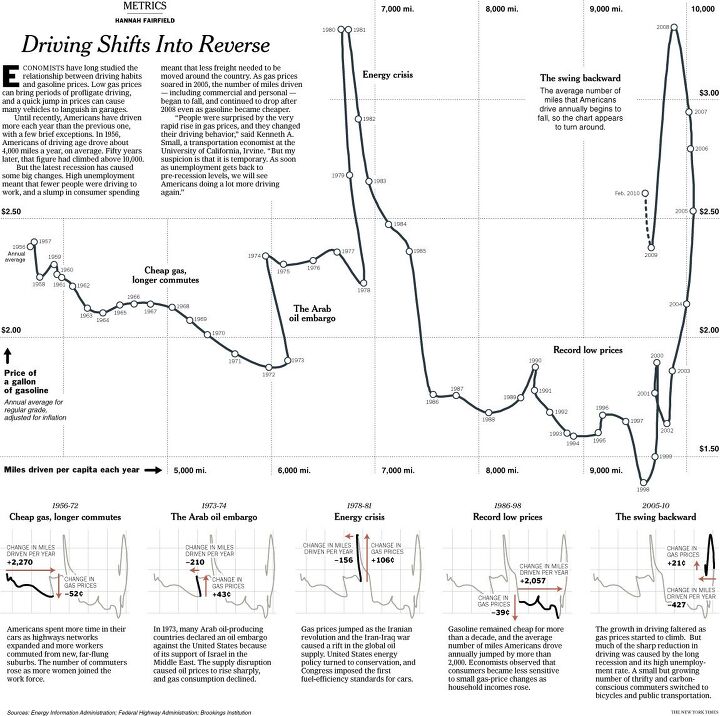
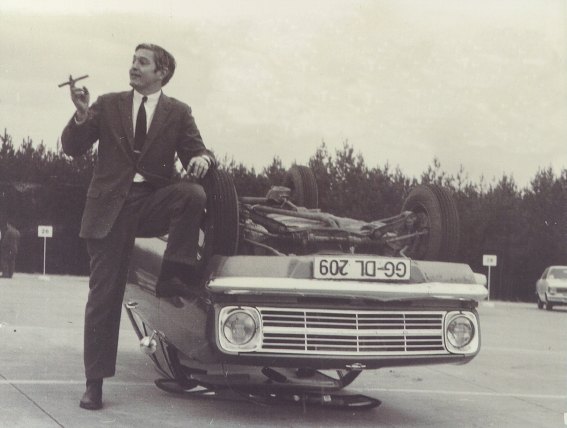



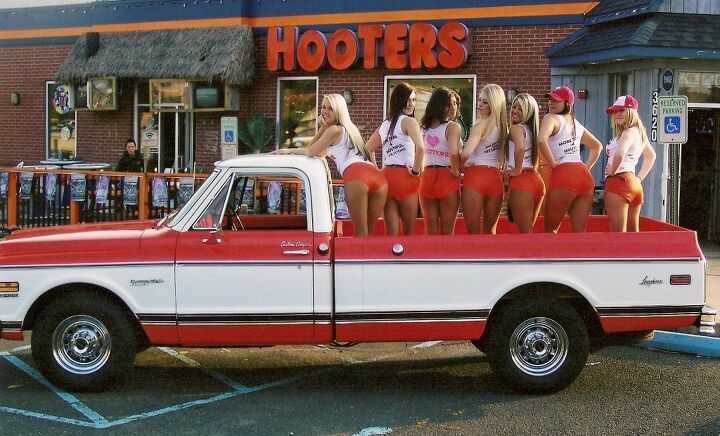

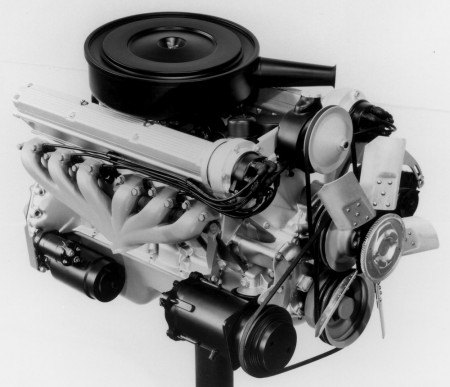

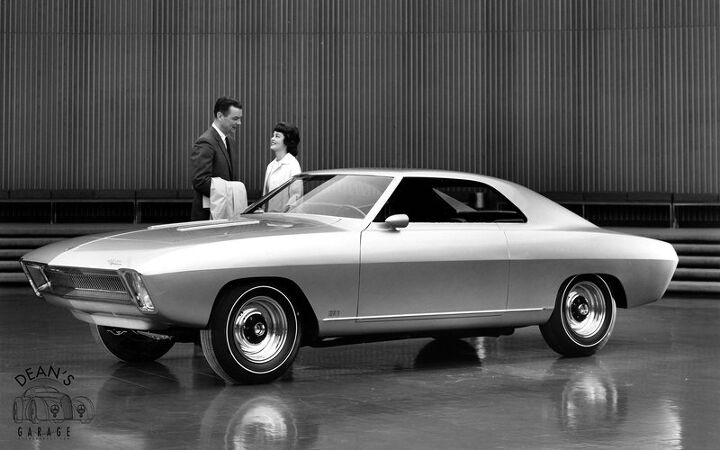



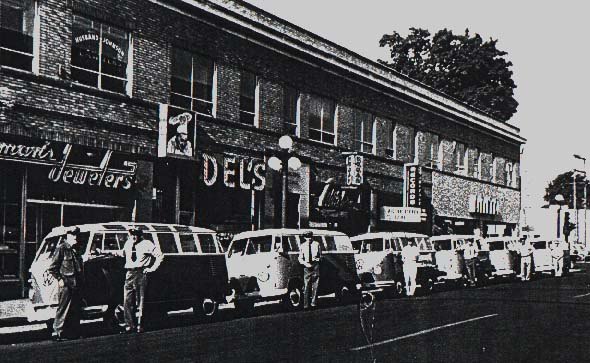


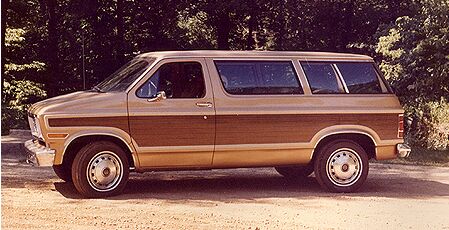


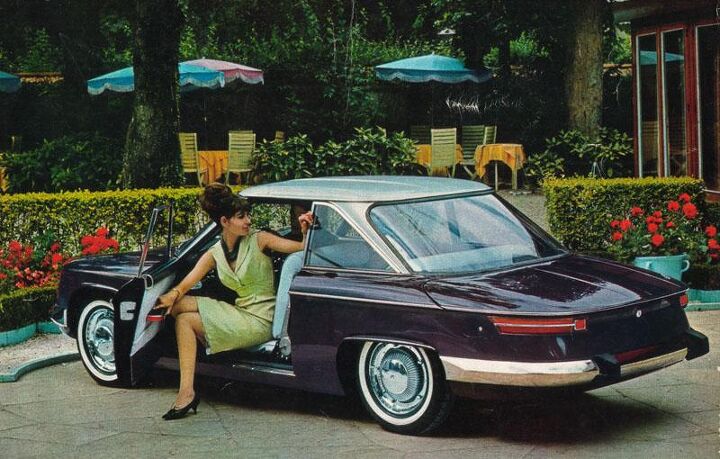

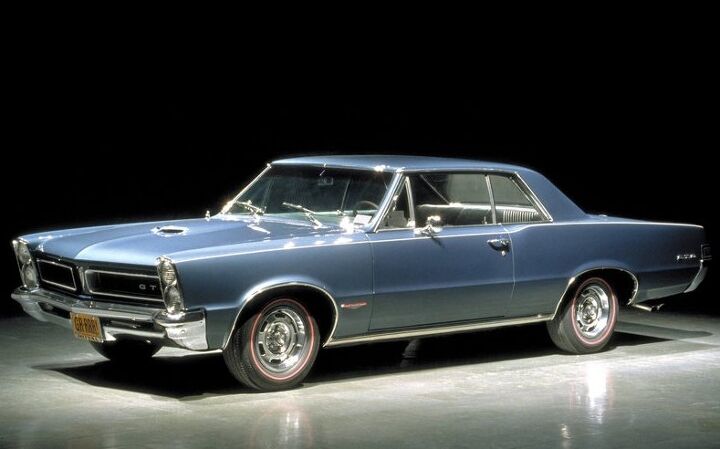
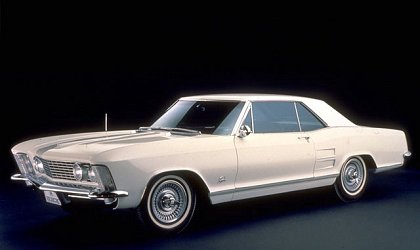
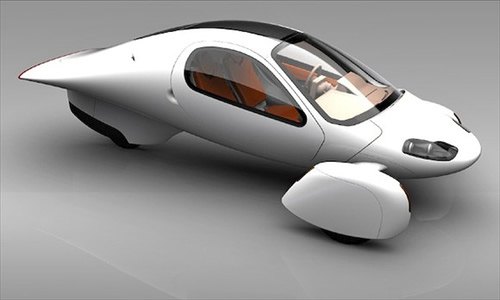
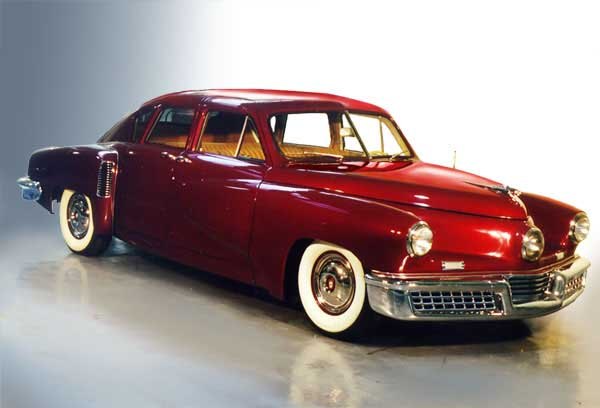

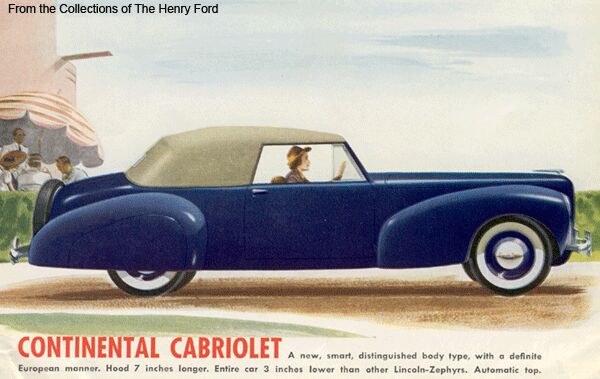




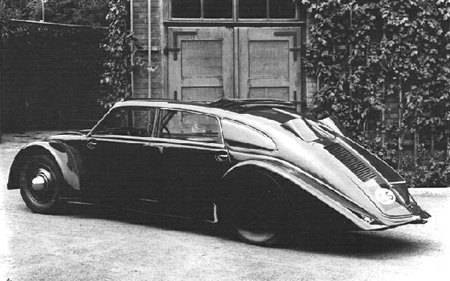
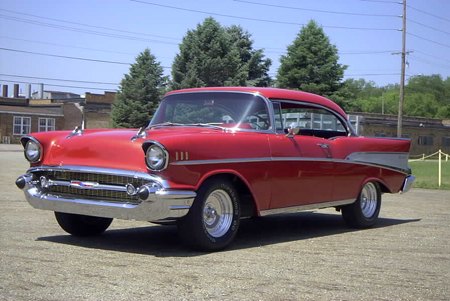
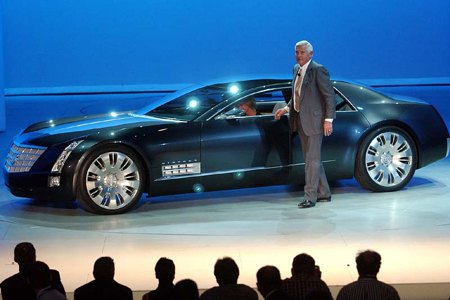


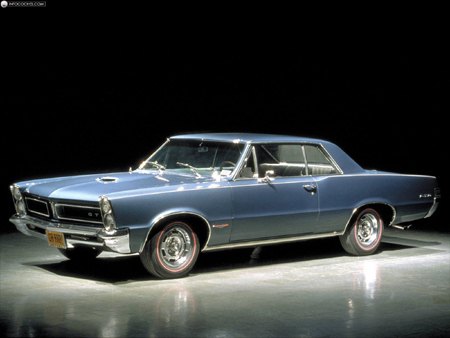
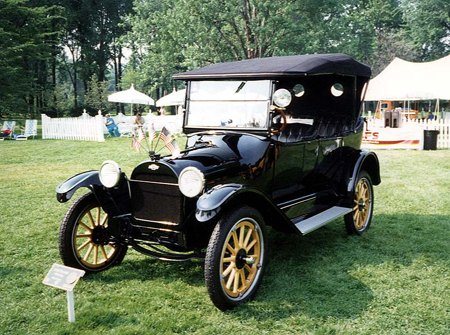

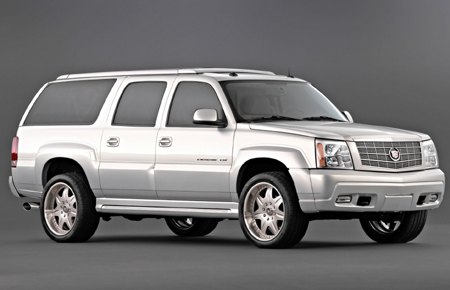














Recent Comments